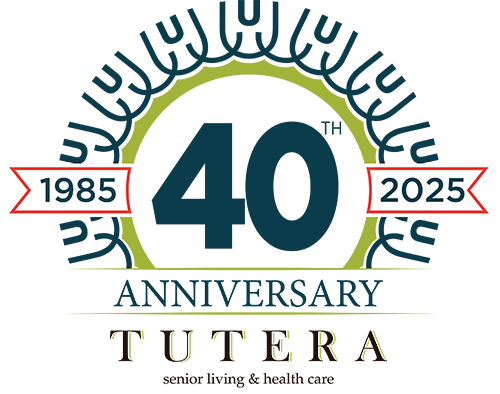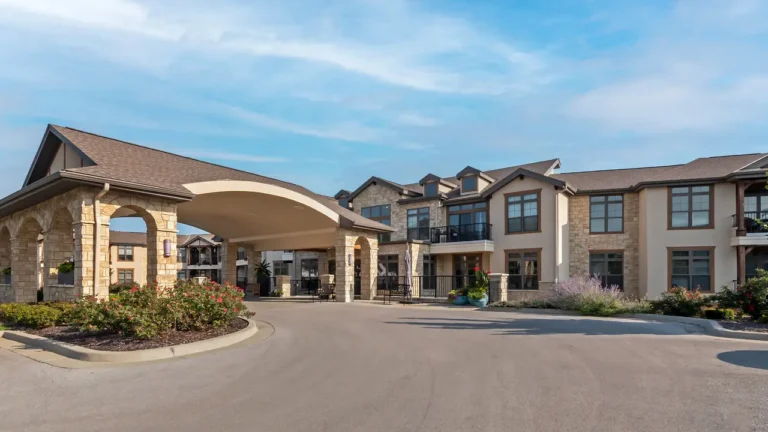According to the Centers for Disease Control (CDC), nearly 60 million people in the United States have arthritis. While arthritis is a common diagnosis, many people are not aware that arthritis is not a single disease. The term arthritis actually refers to joint disease or joint pain; there are more than 100 types of arthritis and related conditions. Arthritis is not a disease of aging; however, it is most common in older adults.
Arthritis develops when the shock-absorbing cartilage normally cushioning the bone does not function normally. This can be caused by a wearing down of the cartilage over the years or by inflammation in the joint. There are four main categories of arthritis, including:
- Osteoarthritis. This form of arthritis affects larger, weight-bearing joints, such as the hips, lower back and knees.
- Rheumatoid arthritis. With this type of arthritis, swelling of the joints occurs. The disease is symmetrical, meaning symptoms on one side of the body are mirrored on the other side of the body, and the entire body can be affected.
- Psoriatic arthritis. This is an autoimmune condition. With this type of arthritis, instead of protecting the body from disease, the immune system turns against the body and attacks itself.
- Gout. This unique form of arthritis traditionally attacks the large joint of the big toe but can also affect other joints like the ankle or knee.
Any form of arthritis can cause permanent joint changes. These may be visible, such as knobby finger joints, but often the damage can be seen only on X-rays. Some types of arthritis affect the heart, eyes, lungs, kidneys and skin, in addition to the joints.
Understanding arthritis, the early signs of arthritis, the risk factors for the disease and how to reduce risk factors can help you stay on a healthy path forward.
Early Signs of Arthritis
So, what are the early signs of arthritis? Here are a few of the most common early signs of arthritis:
- Reduced range of motion
- Morning stiffness in and around specific joints lasting at least one hour
- Swelling, pain and stiffness in one or multiple joints
- Stiffness and pain that worsens with inactivity and improves with physical activity
- In some cases, fatigue, anemia and weight loss
Many of the early signs of arthritis mimic some typical signs of aging, and others can closely mirror symptoms of other chronic conditions. The best way to know the difference is to pay close attention to your own health and speak up when you have questions for your health care provider.
Can You Prevent Arthritis?
While there is no guaranteed way to prevent arthritis, there are ways to reduce the risk or delay the potential onset of certain forms of arthritis. Here are a few ideas for how to prevent arthritis:
- Maintain a healthy weight. Extra weight puts additional pressure on the joints and can cause damage.
- Avoid injury. Take precautions during physical activities and reduce fall risks.
- Quit smoking. Smoking reduces the quality of overall health, making anyone who smokes at greater risk for a variety of diseases.
- Eat a healthy diet. A diet rich in nutrients will benefit the body in many ways. At Carlinville Rehabilitation and Health Care Center, cooks and dietitians work together to create meals and menus that support the residents’ health care needs.
- Attend all preventative care appointments and check-ups with health care providers.
- Stretch muscles. Regular stretching helps to maintain flexibility and balance, which both support joint health.
- Exercise. At Coulterville Rehabilitation and Health Care Center, care programs include balance training, wellness programs, daily recreational activities and exercise groups!
Tutera Senior Living & Health Care
Tutera Senior Living & Health Care supports the unique journey of every resident. Beginning with each resident’s YOUNITE Story, the entire team works to get to know each resident on a very personal level. At all our communities, ranging from independent living to home health care, the YOUNITE Story is the basis for building the best possible experience for each resident. Each YOUNITE Story captures the life history of the resident, including their daily routines, friends, family, food preferences, hobbies, special moments and interests. This level of understanding allows the Tutera team to create a personal care plan and life enrichment program for the resident, while connecting that resident with team members dedicated to meeting their needs.
Want more information about Tutera Senior Living and our communities? Contact us today so we can answer your questions, share our insights or set up a tour! Want to find the Tutera community closest to you? Try our location finder tool and explore your options online!







